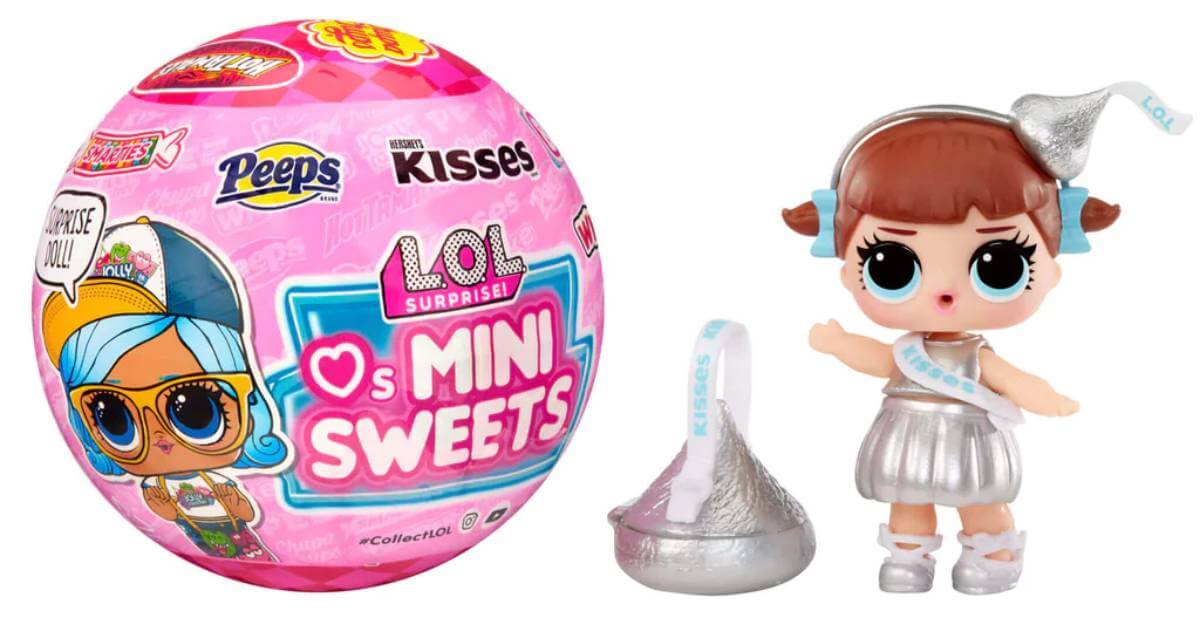Companies Speed into New Categories

To keep pace with ever-changing trends, companies are broadening their product lines in a bid to attract a wider range of consumers.
Often, this change is made out of necessity—such as British fashion brand Cath Kidston having emerged from bankruptcy with new owners (Hilco) and plans to license out its designs for apparel and home goods under an agreement with Beanstalk. UK-based floral designer Moonpig Flowers recently introduced bouquets featuring Kidston prints.
But, increasingly, the principal driver is to boost revenue by reaching a broader audience and perhaps step away from tried-and-true strategies. Toymaker The Noble Collection, for example, launched BendyFigs, licensed plastic collectible figures that, in some cases, have the same designs as the company’s premium metal and brass products but at a much lower (sub-$20) price.
The trick is navigating the expansion to meet new expectations without discouraging a brand’s existing devotees.
“It’s critical now for companies to introduce new fans to your IP and get into new distribution in ways that won’t conflict with your day-in, day-out business,” said Julian Montoya, SVP at The Noble Collection, which is readying Minecraft chess sets and other products for the fall as it ventures into gaming for the first time. “Many industries have moved off the conceit from years ago that innovation meant technology, and now it’s just [about] finding new ways to bring products and brands to consumers.”
This broadening can also include testing the waters with in-bound licensing for the first time. MGA Entertainment, for example, formed a licensing division to help speed entry into in-bound licensing with the launch of LOL Surprise Mini Sweets Dolls and accessories that carry licensed candy brands like Hershey’s Kisses, Chupa Chups, Smarties, and Whoppers.
That effort followed MGA’s entry into NFTs with developer Animoca Brands, the Bratz Lookz blockchain game, and a deal with digital platform developer Azerion to create titles based on the LOL Surprise, Rainbow High, and Na!, Na!, Na! Surprise brands, the first of which are due this fall, CEO Isaac Larian said.
“In doing research we found that if we collaborate with other complementary brands, it really increases our sales and helps our brands,” Larian said. “The toy business goes up and down 5-10% on average every year and, in order to expand the pie and get more people involved, licensing is another route. Sometimes people have the same [affinity] for a brand that they did when they were children and this is a means for introducing it to a new generation.”
This expansion strategy works across property types and product categories. The Gap and Levi’s launched home goods DTR collections with Walmart and Target, respectively. Brown-Forman Corp. and The Coca-Cola Co. unveiled plans for a canned mix cocktail combining Jack Daniel’s Tennessee Whiskey with Coca-Cola, formalizing mixers that have been in use for years. And Hasbro is launching its first Dungeons & Dragons toys this week, expanding Wizards of the Coast—which it acquired in 1999—as the company begins the promotional groundwork for the franchise’s first film in March.
“There are so many things vying for people’s attention now that you have to do things to your products to make them stand out, and that may mean entering a whole category,” Montoya said. “You have to constantly remain current otherwise the competition will pass you buy.”




